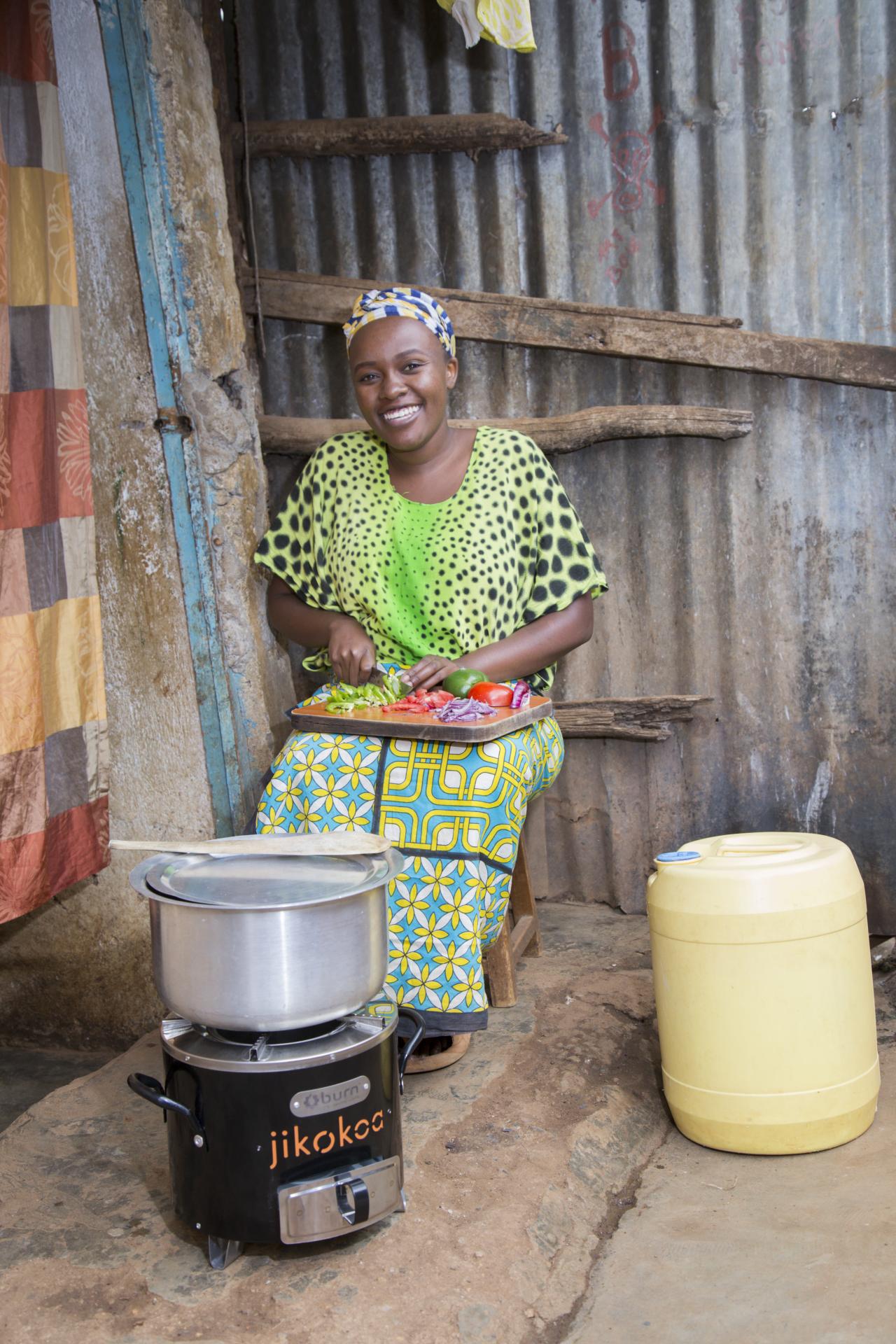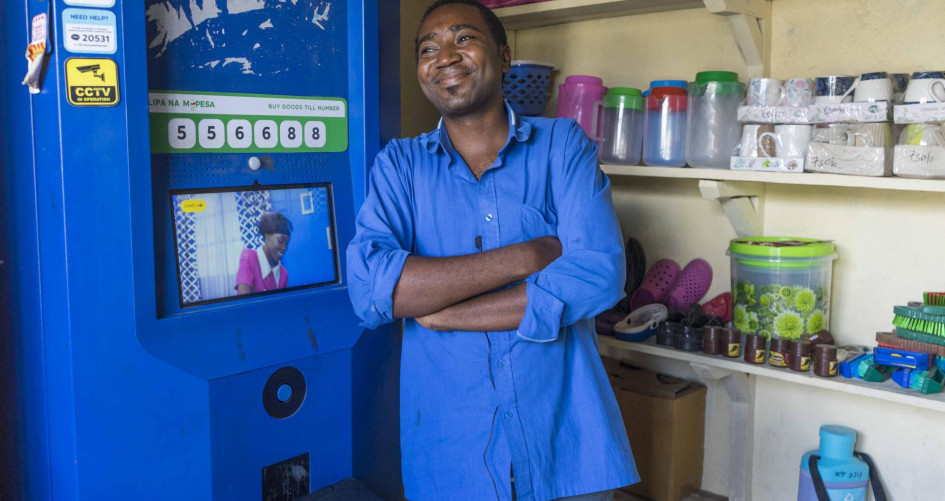Cooking is something many of us take for granted: flick a switch and we immediately get heat with which to cook. Yet for hundreds of millions around the world, cooking is a dangerous activity which, through the use of wood and charcoal, can cause massive health problems as well as result in deforestation and increased emissions.
The UN illustrates clean cooking’s importance by explaining how it can transform the way the world cooks, save lives , improve livelihoods, empower women and “directly deliver gains across 10 of the Sustainable Development Goals.”
According to the Clean Cooking Alliance (CCA), a non-profit focused on the issue, more than three billion people globally depend on polluting open fires or inefficient stoves to cook their food, which harms their health, as well as the climate and the environment. Indeed, the use of open fires and solid fuels for cooking causes nearly four million premature deaths a year. In Sub-Saharan Africa alone, more than 950 million people rely on wood and charcoal for cooking, a number estimated to grow to 1.67 billion by 2050.
In cities across Sub-Saharan Africa, charcoal, fuelwood, and kerosene dominate the market for cooking fuel, with a devastating impact on the environment and public health. Charcoal causes massive deforestation and indoor air pollution that kills millions annually.
The CCA works with a global network of partners to make clean cooking accessible to the three billion people who live without. One of these partners is Koko Networks, a Kenya-based manufacturer of ‘climate-friendly’ stoves.
The company also sells the bioethanol that powers the stoves, which is a clean alternative to traditional fuels. According to Koko Network’s Ed Agnew, “If you think about advances that have come in other walks of life in the Developing Word; everything from access to electricity to mobile payments, it is jarring to visit a customer who has a TV and a fridge, and yet has to cook using charcoal or kerosene.”
Koko customers can get their canisters refilled at ‘fuel ATMs’ which have been installed in more than 700 stores across Nairobi. “Customers have a smart canister which is linked to their account via a computer chip,” Agnew says. “The canister is docked into the ATM and the customer information is pulled up on screen, and fuel credit can be topped up via this.”
Another company operating in Africa is Burn Stoves, which manufactures a variety of stoves that use charcoal, wood, briquettes and electricity. Burn designed the “world’s most fuel-efficient wood-burning stove” which uses 71 per cent less wood than a traditional fire and releases 81 per cent fewer emissions, through efficient design. The company was started in order to reduce deforestation by providing an alternative to biomass cooking.
According to the company’s Chief Commercial Officer, Chris McKinney, their mantra is simple: “We always say clean cooking is cooking that doesn’t kill. Biomass (either charcoal or wood) is by far the most dominant form of cooking in Kenya. Wood is anywhere from free to $5 to $10 a month, whereas charcoal can be three or five times as expensive,” he says. Burn’s stoves start at $20, and its range includes charcoal, wood and briquette, electric and LPG (Liquefied Petroleum Gas) fueled stoves.
The company’s most popular product is its charcoal stove, which although it still uses biomass, reduces the amount by “50 to 70 per cent compared to traditional stoves, [due to its increased thermal efficiency],” according to McKinney. It also reduces emissions by “65 to 90 per cent over traditional stoves” he adds. “As soon as a home starts using this stove, their impact on deforestation cuts by half.” The impacts are also seen with regards to health. “Open fires are one of the biggest killers on the African Continent. We can see a clear connection in reduced sick days and reported symptoms of asthma and other respiratory illnesses, once people start using our stoves,” McKinney says.

The Kenyan government is attempting to ease the transition to cleaner fuels, pushing LPG as an alternative. But while LPG is considered a cleaner fuel, the cost is still prohibitive for many Kenyans. “When we visit customers’ homes, some of them will have an LPG cylinder,” says McKinney, “but when we ask them, they say it has been empty for months, as even if they can afford to pay $30-40 to buy a cylinder, it is so rare that they can afford to refill it. That combined with a lack of accessibility [the majority of homes are not connecting to LPG] means LPG is not really an option for the majority of Kenyans, although we may see a transition in urban homes over the next five to ten years.”
In terms of what the Kenyan authorities are doing, Agnew is optimistic. “The Ministry of Energy has a stated goal of providing all citizens with access to clean cooking solutions by 2028, and the Ministry of Health has raised awareness about the fact that more than 21,500 Kenyans die every year from cooking,” he says. “So there is certainly an awareness in government and a desire to address the problems.”
Much remains to be done however if Kenya, and indeed the rest of Africa, is to move into an era of clean, safe cooking.
